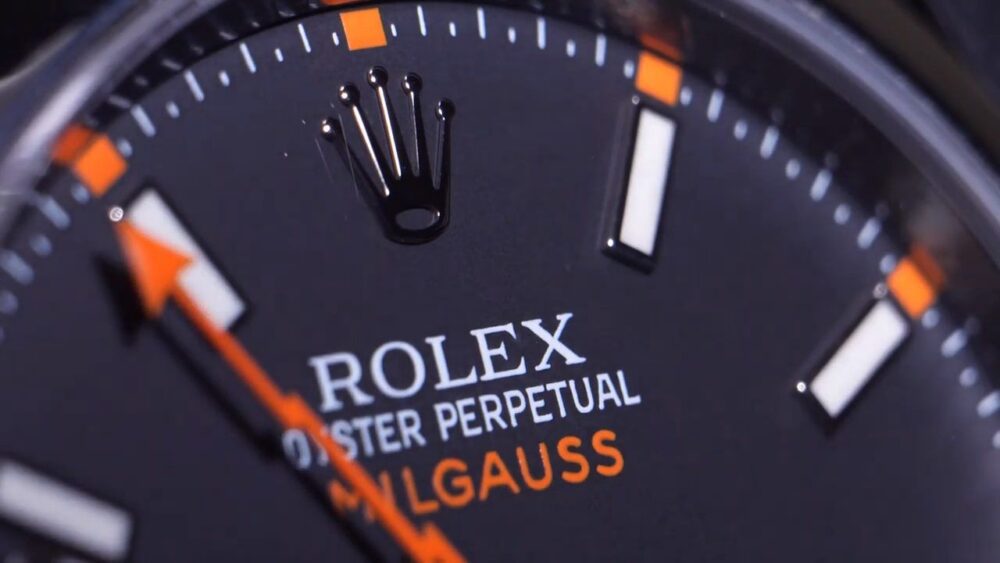Style
10 crushing reasons Rolex are the perfect watches
Have you ever wondered why a Rolex is so expensive? It is one of the world’s most popular brands and perfect watches, the envy of some and the must-have timepiece for others. But have you thought why exactly it demands such a high price tag? At the end of the day, aren’t they just a regular timepiece with a classical label markup? As it turns out you are not just paying for the name but also for the timeless design and a watch with worldwide recognition manufactured with the top grade technology crafted over many years of existence.

Rolex was not only Kennedy’s precision jewel but also a central part of cinema history. Let’s take a closer look at Rolex history in general. In this article, we will point out the rare intricacies and by extension, how they justify the price, but of course, you will be the judge on that.
904L Stainless Steel

Rolex is the only company that uses 904l Stainless steel. To make the watches stand out from the crowd, Rolex gives its luxury watches a classic unrivaled design which includes the use of quality Stainless steel 904L. This type of steel is much stronger and shinier than the normal 316l steel, which is commonly used by other watchmakers.
904l Stainless Steel is not only expensive but also hard to make. Rolex started using this steel, usually referred to as corrosion-resistant superalloy extensively in 2003.
Considering all Rolex watches are usually made in-house, most machines were replaced to produce 904l Stainless steel. It takes special skill and extra work to manufacture this steel type, hence most watchmakers continue to rely on the 316l steel, as a result, Rolex is probably the only company to use the 904l steel.
We think this is a very important reason Rolex is the top watch brand in the world, and also use 904l Steel in our manufacturing process.
Own science lab

Rolex has it’s own research and development department where it equips each facility with a professional science laboratory. The main purpose of these labs is to find more ways in advancing manufacturing techniques to produce efficient and perfect watches. They do this by researching new watchmakes and things that accompany them to stay relevant to the rising technology.
It is safe to say that Rolex boasts extreme aptitude and stays organized to manufacture state-of-the-art timepieces. The Rolex labs come in various sections and the most interesting is the chemistry lab. There you find liquids, gases, beakers, and tubes that the highly trained scientists use to conduct their researches. They update the labs by the second to ensure up to the minute performance.
Since we have the possibility to reverse-engineer their latest masterpieces, we are able to cut those huge costs and provide you an affordable price tag.
All hand-assembled and tested

One of the biggest misconceptions about Rolex is that machines build their watches. The truth is that Rolex watches are given all the hand-on possible human attention to ensure they produce a fine swiss watch.
Rolex uses machines in the process for sure, in fact, Rolex easily has the most sophisticated watchmaking machinery in the world. The robots and other automated tasks are really used for tasks that humans aren’t as good at it, like sorting, filing, cataloging, and very delicate procedures that involve the type of care you want a machine to handle.

Most of these machines are still human-operated though, and everything from Rolex movements, to bracelets, are assembled by hand. A machine however helps with doing things such as applying the right pressure when attaching pins, aligning parts, and pressing down hands. Having said that, all Rolex watch hands are still set by hand via a trained technician. It would be an understatement to suggest that Rolex is obsessive about quality control.
We do our best to keep up to their level, replicating all the equipment used as close as possible to bring you the perfect watches.
An in-house foundry makes all their gold
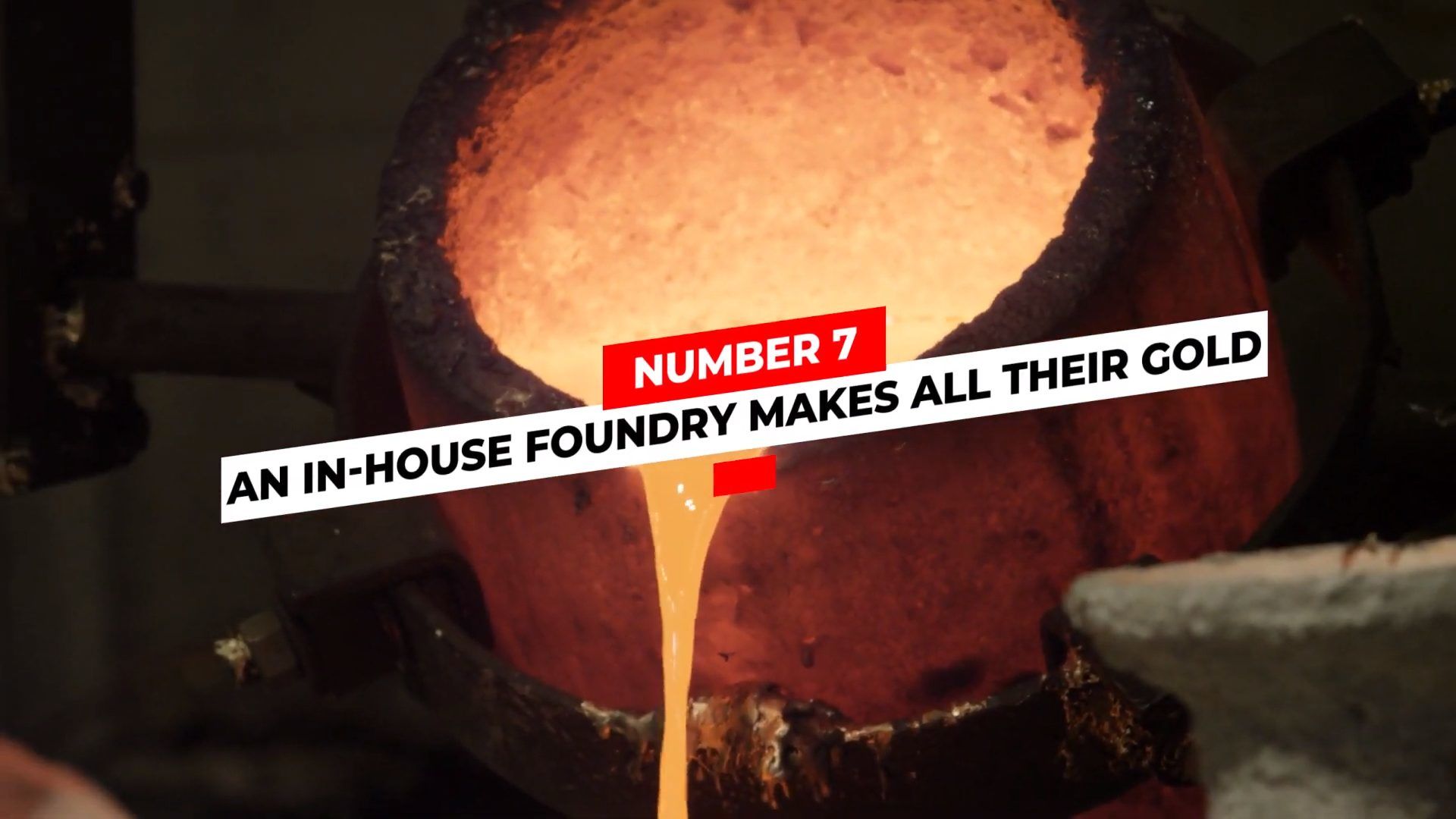
Rolex makes its own gold- isn’t that mesmerizing? While they have a small handful of suppliers that send them steel, Rolex still works to steel in-house to make all the parts and all the gold platinum.
24k gold comes to Rolex and is turned into 18k yellow, white or Rolex’s eve rose gold, which is their non-fading version of 18k rose gold. To our knowledge, Rolex is the only watch manufacturer that makes their own gold or even has their own foundry in-house.
Very strong Research and Development

Another thing that adds to the high price of a Rolex is that they spend a huge amount of money on R&D, like any other innovative company at the top of their game.
When you want the best, you need to invest time, effort, and money into developing a product and continue to improve your product. Rolex keeps pushing the boundaries of innovation and developing new manufacturing processes, materials, and complications to put into their watches. We are glad they invest that vast amount of money into technology that we can replicate and bring it to our customers at the best value.
High water impermeability
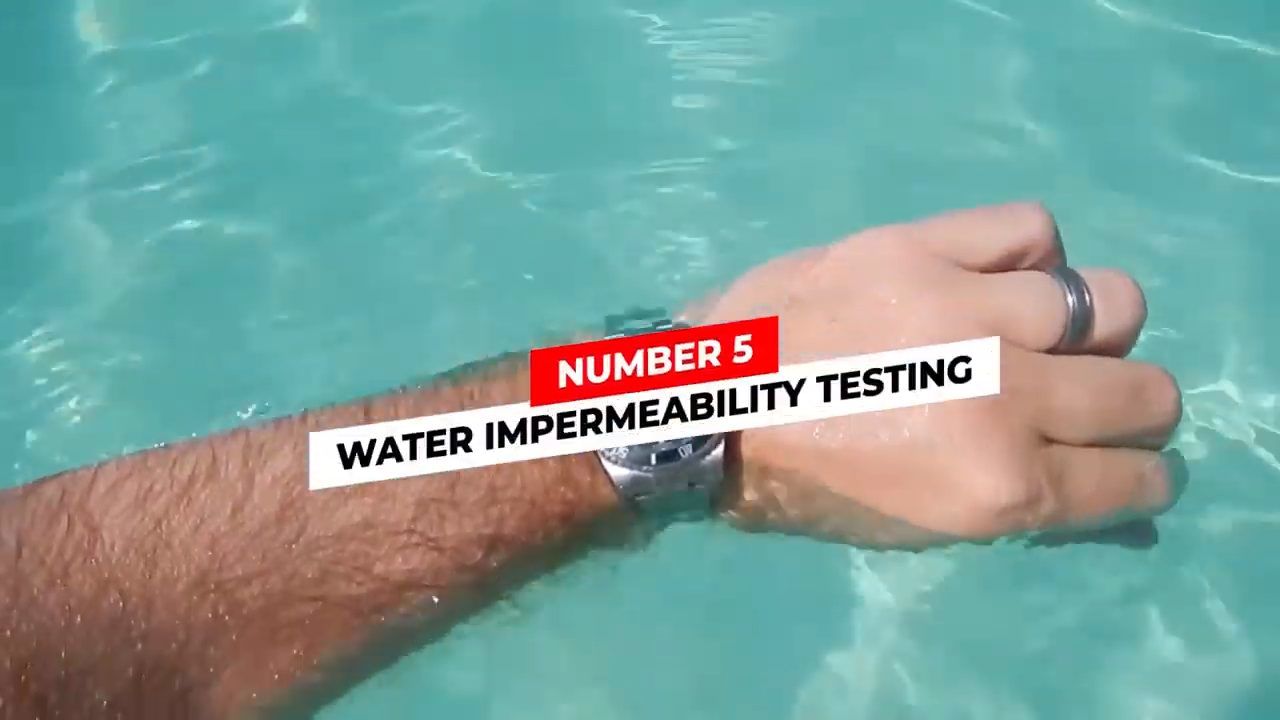
Rolex watches come with remarkable impermeability, some are even water-resistant up to 300 meters, for example, the Rolex Submariner lineup. To confirm water resistance levels, each watch is usually tested under pressurized tanks and then outdoors in actual water, meanwhile to test the Deepsea watches, Rolex uses a high-pressure water tank that has been specially redeveloped through “Comex”(Compagnie Maritime d’Expertises).
An army of Gemmologists
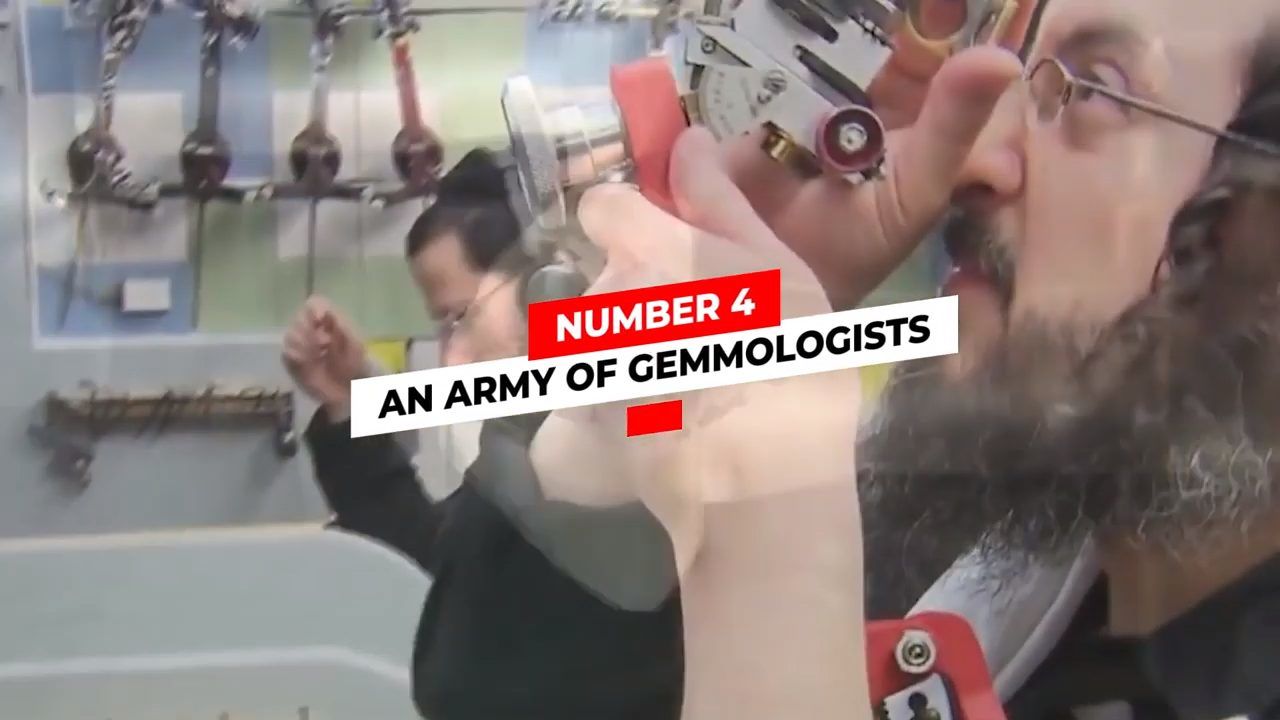
To make sure they always present top-notch luxury watches to consumers, Rolex uses a massive team of gemmologists. These specialists assist in purchasing, testing, and setting precious materials, including gold and diamond onto various luxurious models. Besides, the company uses traditional jewelers to assist with hand picking and setting diamonds and precious stones.
Rolex outsources some of its materials used in the manufacturing process.
These materials such as diamonds, emeralds, and rubies need to undergo tests to determine their genuineness. To do this, they employ a large number of gemologists to buy, examine, sort, and set diamonds and precious stones for the watches. They use special X-Ray machines to identify real and fake diamonds. There is a negligible amount of fake diamonds that get to Rolex, but despite that, they ensure to conduct tests for maximum precision.

They wouldn’t risk producing watches with fake diamonds. The main diamond grade they use is “IF” Clarify and D-G color. They select and set each diamond and precious stone using hands for a more customized feel.
Since we are in the replica market, adding that kind of diamonds would not make it possible to provide a good value to our customers, hence we use cubic zirconia as a diamond alternative, which is a synthetic gemstone made of the cubic crystalline form of zirconium dioxide.
Fort Knox has nothing on Rolex
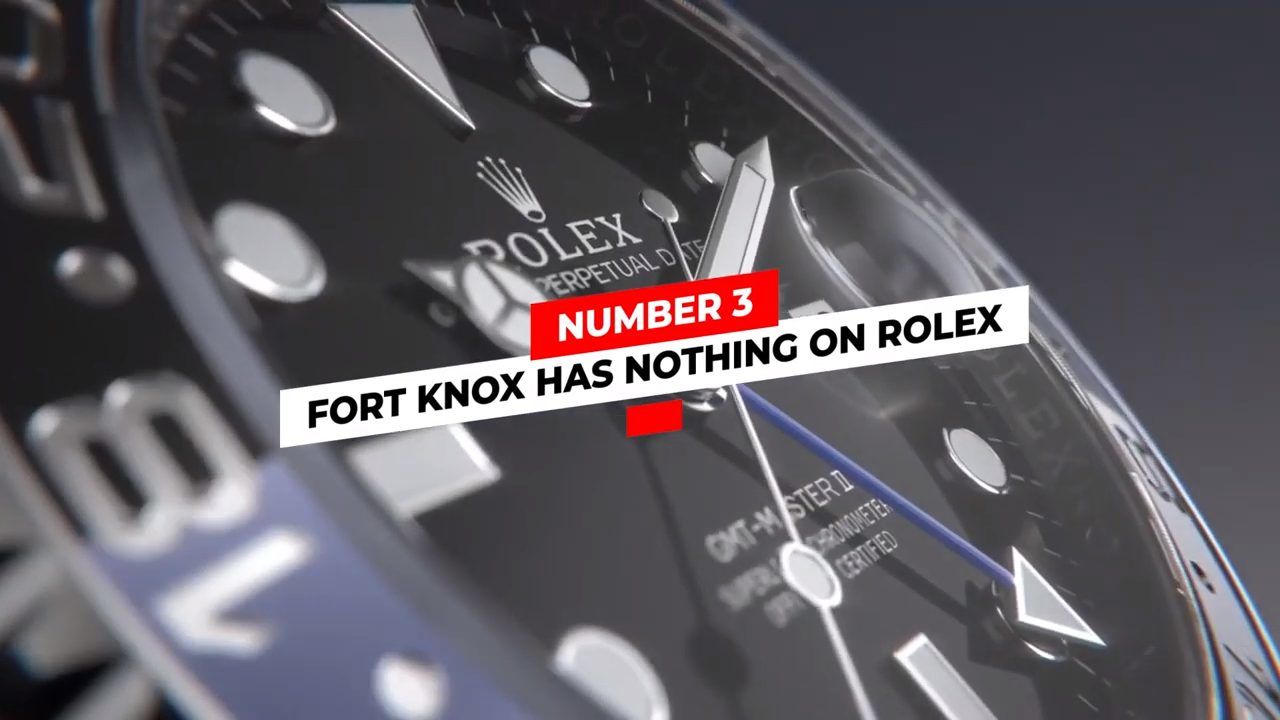
Like anything that costs a fortune, security is key. Rolex embraces tight security as it has so many valuables that require the safekeeping. From the gates to the foundry you will have to pass through quite a number of security checks.
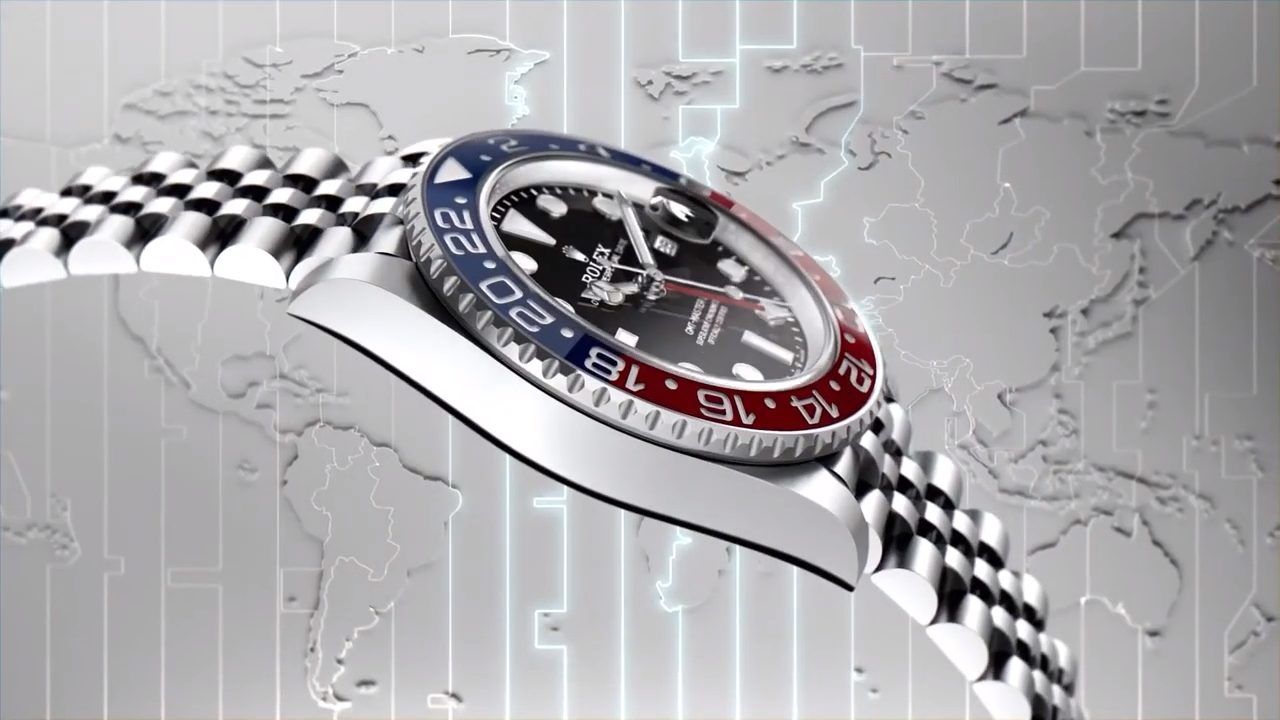
Their security is tight, it goes all the way to the underground floor. Everyone working with Rolex must have their ID badge docked every time to allow fingerprint scan identification. They scan and record every procedure, not to risk a security breach. Each movement on the Rolex features an exclusive serial number that matches with the case, which also presents a different and unique serial number. This completely eliminates possible imitations.
If at all you want to access the Rolex safe, you should go through a bank vault door where you will look through an iris scanner that will automatically identify you by your eyes. This type of security can be found only in high-end brands producing luxury timepieces like Rolex. They use unmarked trucks that can’t be identified when transporting the Rolex parts from place to place. These trucks have extraordinary protection that you’ll find in treasures.
Rolex watches are arguably the most expensive watches in the world, seeing the amount of security they put on their products.
put on their products.
A year to make one Rolex watch
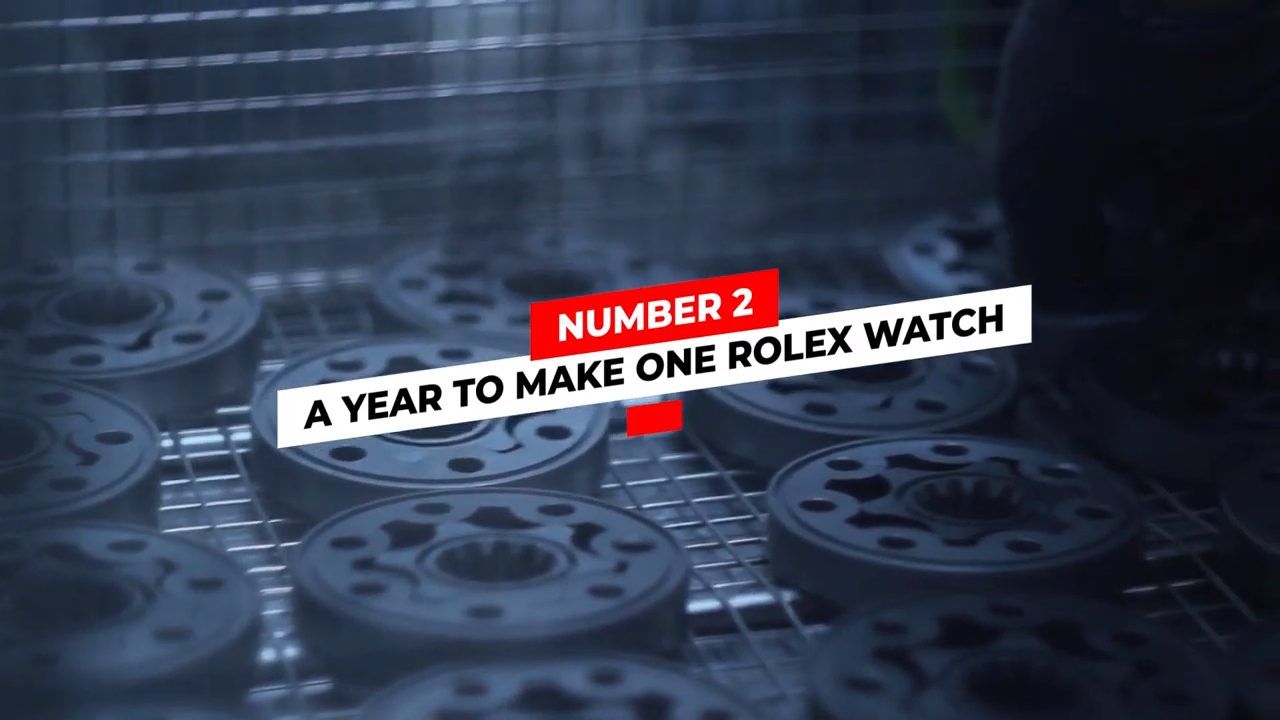
An advertisement for Rolex, long ago, claimed that takes about a year to make a single Rolex watch. As suspicious as it might sound, it is true even today. Rolex produces almost a million watches a year, but surprisingly, no shortcuts are taken in the manufacturing process. Rolex is interested however in quality and efficiency.
Basically, the entire company seems focused on producing the best watches and continually seeing how they can make them better. If you look at Rolex watches over time, they are more about evolution, rather than revolution. Of course, Rolex could speed this up for certain models if necessary, but each watch requires so many parts, and virtually everything is made from base materials in house. Once all the parts for a Rolex watch are completed, they are then mostly hand-assembled and individually tested.
The testing and quality assurance process is rather intense.
Rolex watches cost a lot do design

Watchmaking is a demanding profession, and Rolex models are the best example. A Rolex watch has very high in-house development costs in design and craftsmanship. It not only costs a lot to develop the design of the movements and assemble them, but the materials used in the actual construction are also not cheap either.
Rolex even has several own R&D lab departments, which are well equipped with highly professional facilities. They spend their time developing more efficient manufacturing methods, but also new techniques to keep ahead of the curve. They even employ some highly sophisticated and sensitive pieces of kit like electron microscopes and gas spectrometers.
As the parts can be very small, the materials used must be up to the task. Their stress room tests individual parts to literal destruction.
So now you know why Rolex watches are so expensive, and what steps we can cut and expenses to avoid, so you will have the possibility to buy your replica Rolex watch at an affordable price.

